Identity Politics
Democrats & Republicans
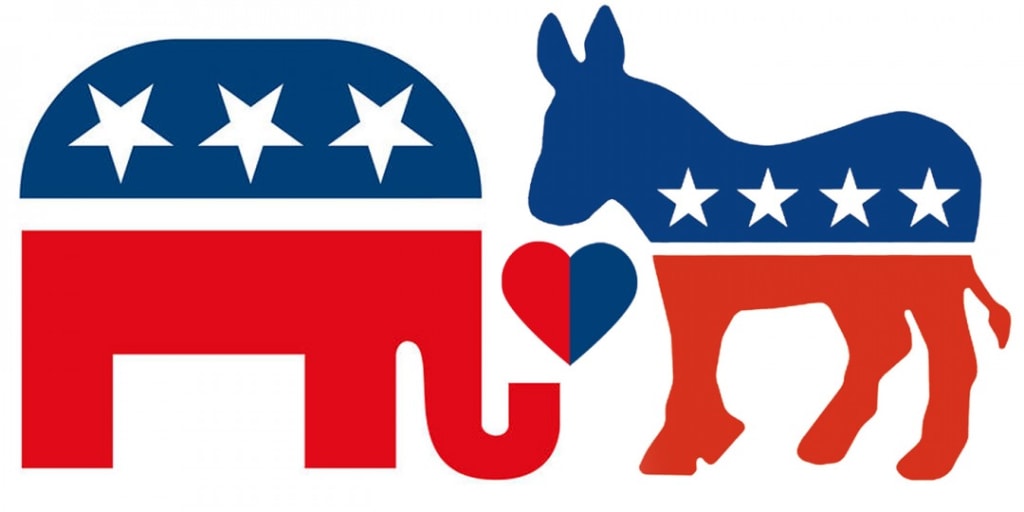
Identity politics have become the societal norm in American culture. Which team do you represent and why? Within the last century that “why” has changed. Republicans and Democrats have convolutedly manipulated their bases historically. That manipulation has led to numerus policy and rhetoric hypocrisies among both parties alike. I want to break down piece by piece exactly how each party became what we know today and why such drastic rhetorical changes came about. Politics change and adapt over time. This we understand. The confusion comes from inconsistencies within each party’s bottom line. What is the end goal for both Republicans and Democrats? Over time that goal has changed as the flow of information has become readily accessible. Accessible information leads to progression of the human thought process. That progression is the catalyst for political and economic change amongst officials and supporters alike.
If we go back as far as the 1820’s we see a stark contradiction to both the Republican and Democratic parties. Early Republicans ran on an anti-slavery, large government expansion campaign while Democrats had run on the preservation of slavery and a limited government reach. It roughly begins in 1828 with the establishment of the Democratic-Republican Party. Formed by James Madison and Thomas Jefferson, the party was manifested in opposition to the Federalist Party. Ideally, the goal was to counter constitutional ideals in the support of individual states rights. That same year the lone Democratic Party would break from the Democratic-Republic in disputes over party development. Established by Andrew Jackson and Martin Van Buren, modern Democrats believed in a quote, “agrarian society.” A society centered around the dependence of agriculture and emphasized individual liberties versus a unified governing body. On the contrary, John Quincy Adams along with Henry Clay and Daniel Webster would establish the National Republican Party. Merging with the Whig Party in 1833, the National Republican Party was in staunch opposition to Jacksonian ideals and emphasized nationalism with support for tariffs and a unified national bank. For context, the Whig Party ran on a fundamentalist ideology centered around a public education system. This was in efforts to tame and subdue children into becoming a civil member of society. The Whig Party wanted to modernize and industrialize the United States all the while chastising the morality of the Protestant reform in the country. Their Protestant resistance, along with mounting social issues would lead the party into separation in 1854. The same year as the founding of the modern Republican Party.
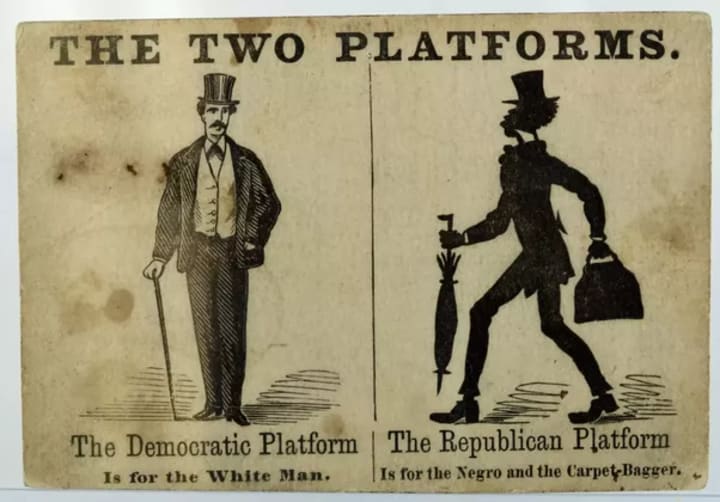
The modern Republican Party was founded in the North of the United States. With a culmination of ex-Whig Party members, free soldiers, and anti-slavery activists the Republican Party of 1854 catalyzed the beginning of conservative politics. The party’s main course of action at the time was the outlawing and riddance of slavery in America. The Republican Party sought to preserve and protect the Union and American rights whereas their Democratic counter parts would lend no support for reformation in the form of an expansive government or humanitarian issues such as slavery or the progressive genocide of Native Americans. Fiscally, early Republican party members were staunch small business supporters. The gold standard led the way for the development of hard money, higher tariffs, and wages, along with higher profits and pensions for veterans. The party’s first president Abraham Lincoln would be elected in 1861 and would successfully outlaw the act of slavery in America. The one thing both parties did have in common at the time was the prohibition of alcohol. For the better part of 30 years the parties would remain steady in these domestic views. It wouldn’t be until the turn of the century that we see the stark change in political discourse amongst both Democrats and Republicans that would ultimately set the tone for the climate we endure today.
The beginning of the political shifts can be best reminisced back towards the early 1930’s to the mid 1940’s during the FDR presidency. Roosevelt’s New Deal polices would spark a wave of liberalism across the country. Far from their Democratic counterparts in the early 1850’s, new Democratic policy supported federal business regulations (emphatically in finance and banking), labor unions, along with federal unemployment spending. The polices also looked out for struggling farmers and undertook massive public work and infrastructure projects. Along with the expansion of federal input into society, another aspect of the Democratic party during the New Deal era as opposed to their earlier years was the support for the development of civil rights legislation in the country. This would affectively split the party between the Northern Liberal and Southern traditionalists who would eventually defect to the Republican party. African American support would flow to the Democratic side once the integration of the military along with other civil rights successes would come into fruition.
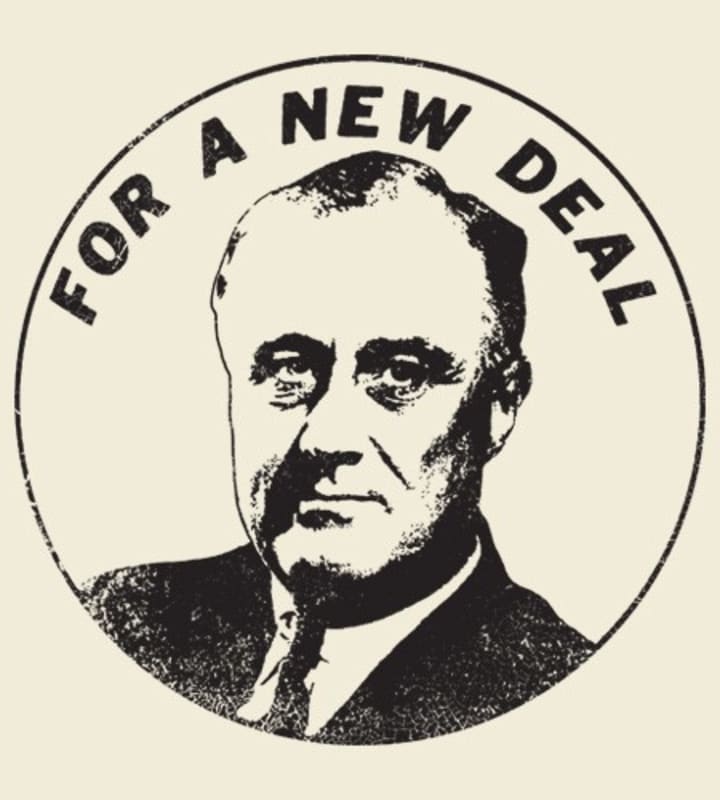
Republicans before the 1930’s ran on strong pro-business policies that seemed to boost the country’s economy in the early stages of the 19th century. President Herbert Hoover would endure the beginning of the Great Depression in 1929. This in turn would changes the course of the country’s outlook economically. Republican private pro-business policy lost its support amongst the American public. Just like their Democratic counterparts, the Republican Party would be split in two. The “Old Rights” were Republicans who saw the New Deal as socialist and the liberal sector of the party in the Northeast who supported most of FDR’s proposal. It is not until the 1960’s into the 80’s where we see the establishment of the parties we see today.
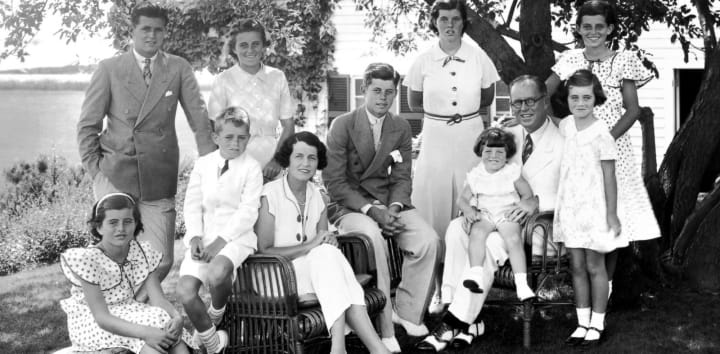
John F. Kennedy and the Kennedy family alike were Democratic trailblazers. The clean-cut Irish American family attracted millions of new young voters to the party. The Kennedy’s did their part to best reflect the liberal ideals FDR had established years before. JFK would implement a number of social programs along with public projects to bust communities in rural, urban, and suburban eras. Along with his domestic success, Kennedy would establish the national space program that would eventually form NASA. Democratic Presidential successor Lyndon B. Johnson would carry these political constancies up until 1969. Unfortunately, through that period of time the Vietnam war had taken a tool on the conscience of American society. Many of those young voters brought over by the Kennedy administration left the party, leaving Democrats scrambling for new representation. This would leave the door wide open for Republicans to take consecutive terms in the coming years. Some argue the liberal wing of the Republican party died in 1970. Vietnam was a catalyst for the development of a new kind of hardline nationalist style of Conservatism in the United States. The next two sitting presidents, Nixon and Ford were Republican wildcards that ultimately blew up in the face of the Republicans due to eminence corruption. The country would try again with a Democratic president with Jimmy Carter. Arguably one of the most likeable men to have held the position, Carter’s presidency was a disaster. What he did accomplish however, was the beginning of the climate ideology within the Democratic party. Carter would create a national energy policy directed towards the conservation of wildlife and development of new technology in the field.
The largest shift in party allegiance came during the Reagan presidency. His presidency is renowned as the textbook embodiment of conservative ideals. He arguably set the standard for Republican candidates in the future. Socially and fiscally conservative, preemptive war policy, foreign policy aimed at the defeat of terrorism, and domestic emphasis on the 2nd amendment and government deregulation. Reaganites keep the Republican party alive well after Reagan with the election of George H.W. Bush. Bush would take the ideals of Reagan and their Cold War policies and implement tactics to aid in the reunification of Germany as well as the conflict in Iraq. His son George W. Bush would be the last of traditional Reaganite style politicians after his term dealing with the 9/11 attacks, and war on terror. The Bush terms were constantly bombarded with war and conflict. Americans saw the strength in consistency Republicans brought to foreign policy at the time which gave a sense of comfort to the American public. Eventually, over time, corruption and allegations of war crimes would plague the Bush presidencies and deteriorate Republican support.
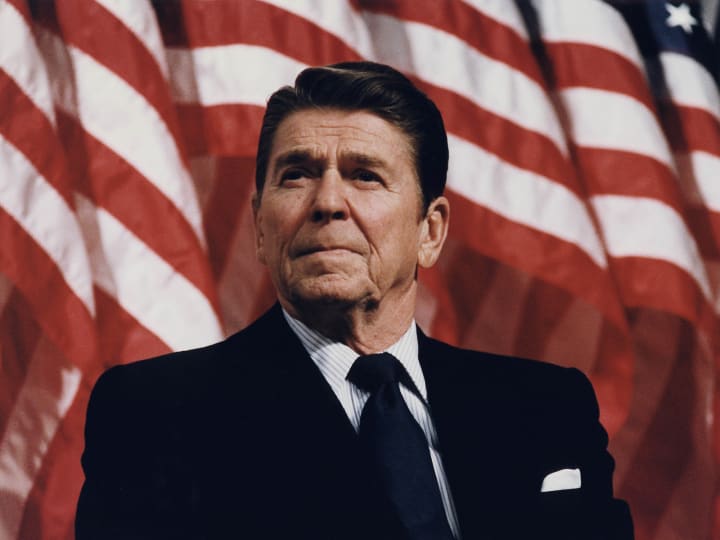
The Democratic party saw an opportunity after H. W. with their successful election of Bill Clinton to the presidency in 1993. Running under the self-given tittle the “New Democrat”, Clinton attempted to change the outlook of the Democratic party while maintaining some hold onto older Kennedy style politics. The new Democrat was centrally economic while being social progressive. Democrats attempted to mend party lines by implementing a market style economy balanced by government intervention. Aka a mixed economy. This all along with a massive emphasis on social justice reform as well as affirmative action. The “New Democrats” were the first to somewhat successfully popularize a system that balanced both socialism and capitalism. To this day in 2022 the party still promises to establish an economy that does not benefit the wealthy, progress social equality, and expand government outreach. Open immigration is supported by the party in attempts to promote diversity within American society. Democrats today prioritize social equity and equality of outcome in hopes to boost individual success in the country. Democratic policies have been mostly successful in implementation. We see their strides with the election of the first African American president in Barack Obama, implementation of social security, and the consistent attempts for progressive tax policies.

The Republican party to this day is defined by several socially conservative concepts that emphasize government deregulation and limitation. Republicans today still maintain their fiscal conservatism as they believe in less taxes across the entirety of the United States. Their fiscal concerns are with the national debt to stabilize economic conditions for future generations. Republicans today are also strict constitutionalist. This can be misconstrued with nationalists. While there are staunch nationalists within the Republican party, constitutionalists are those who embolden the established rights the country in which they represent (The United States) was founded on. Whereas nationalism is the pure identification with one’s nation in support for its interests. Republicans today are anti-illegal immigration, hardline foreign policy advocates, and have a pro-business focus when it comes to long term policy.
2022 is a massive congressional election year for the United States. Party lines have been blurred the last few years, so I anticipate a flux in state Senates coming soon. The divide between Democrats and Republicans is wider than ever at this point in history. As the fall out from the former Presidency of Republican Donald Trump continues to unfold two years after his exit, current Democratic president Joe Biden must attempt to mend a broken country and political system. As we all go to the polls this year and in 2024, we should take a moment to look into who these men and women are that are on our ballots. Hypocrisy and deception get mixed with sincerity and facts in this game. Politics change day by day. One thing that never changes though, is the unfortunate fact that whether it’s a Democrat or a Republican, they both play for the same team. Never forget it.
About the Creator
Benjamin Reese
My degree is in Communications with a focus on Journalism and a minor in Political Science.


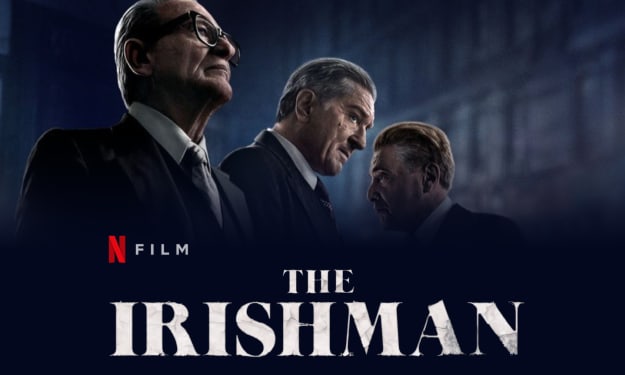



Comments
There are no comments for this story
Be the first to respond and start the conversation.